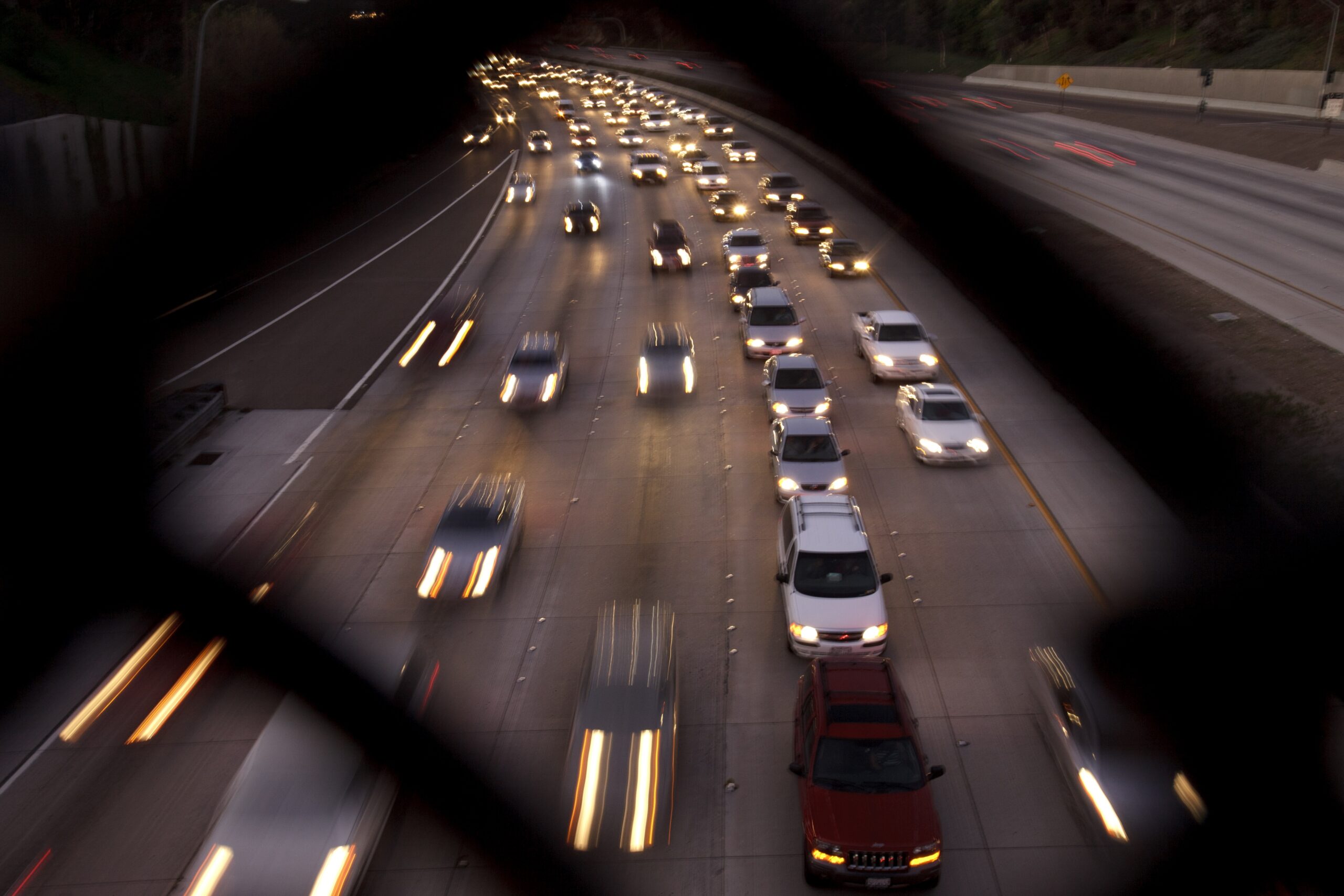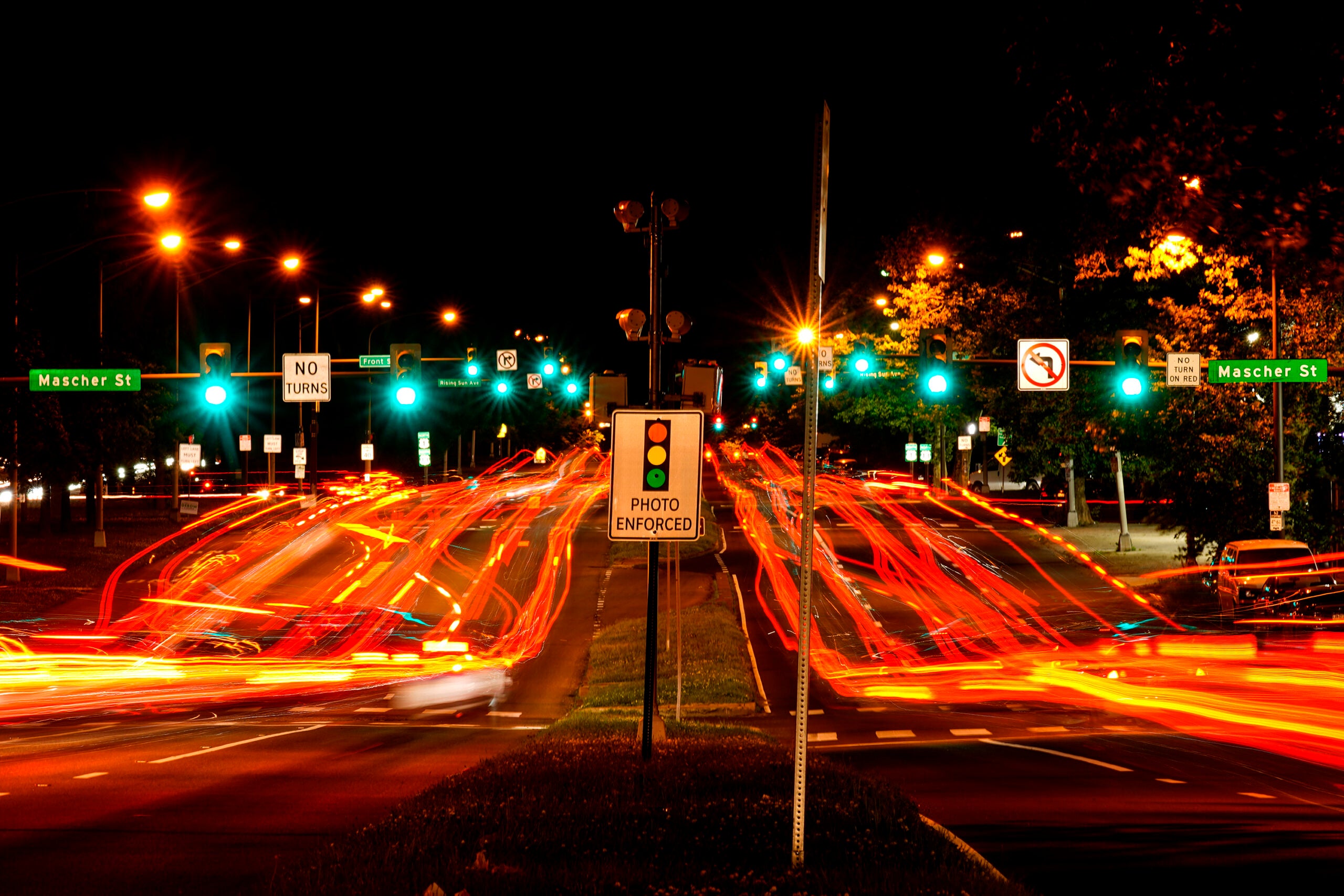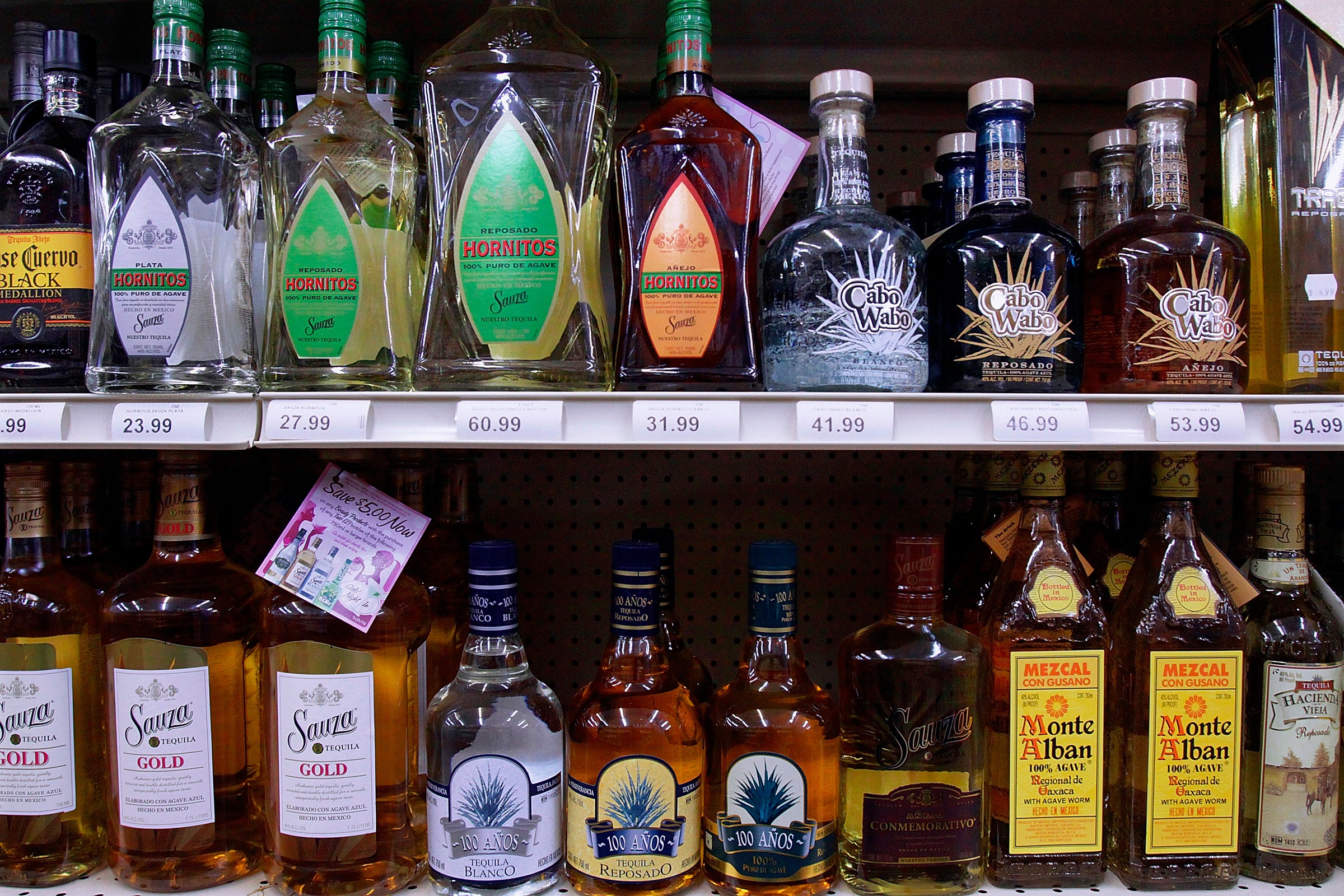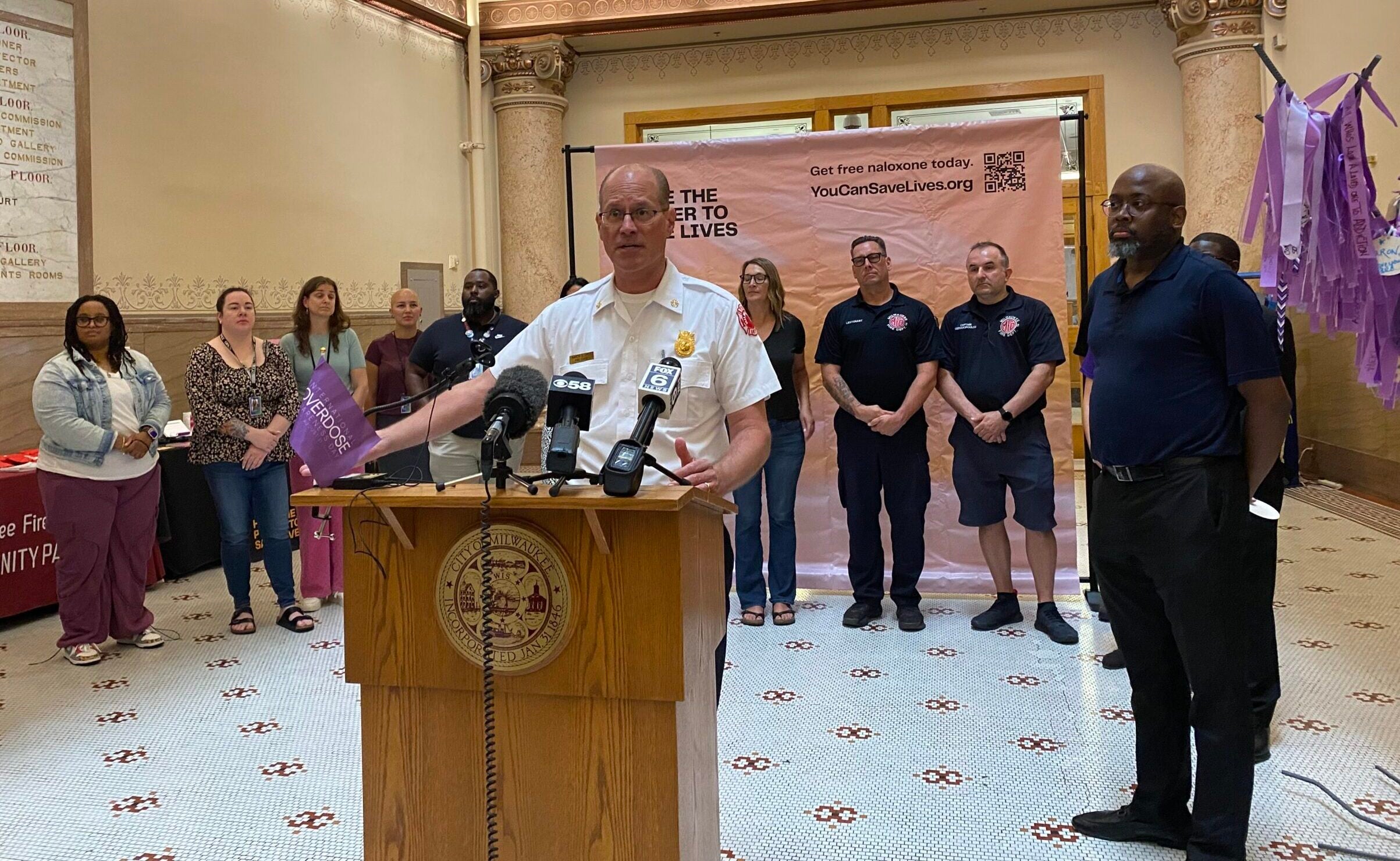Wisconsin has one of the highest rates of drunken driving in the country, and transportation officials say impaired driving is getting better in some ways, but worse in others.
Alcohol-related crashes have gone down over the last 10 years, but the opioid epidemic and legalization of marijuana in other states has law enforcement concerned about drugged driving.
Drug-related deaths on Wisconsin roads have more than doubled, but still haven’t reached the same level as alcohol-related deaths during the same period.
From 2006 to 2016, alcohol-related traffic deaths decreased from 305 to 143. During that same period, drug-related deaths more than doubled from 50 to 118, says Randy Romanski, safety programs chief in the state Department of Transportation’s State Patrol Division.
News with a little more humanity
WPR’s “Wisconsin Today” newsletter keeps you connected to the state you love without feeling overwhelmed. No paywall. No agenda. No corporate filter.
The availability of drugs is one potential reason for the increase, awareness and more toxicology testing after fatal crashes are other possible reasons.
“There are many more law enforcement officers that are trained to recognize the specific indicators for drugs, which is different than how somebody presents compared to alcohol” said Romanski.
A national group that focuses on transportation, the Governors Highway Safety Association, says in 2016, forty-four percent of fatally injured drivers who were tested had drugs in their system. And more than half of these drivers had either marijuana, opioids or a combination of the two.
The Wisconsin State Lab of Hygiene, which does drug testing, has seen similar trends.
“A variety of drugs, a whole gamut, have been identified by the lab but the ones that are most common — besides alcohol — are marijuana and opioids,” said Romanski.
The GHSA report recommends states focus on impaired driving should not shift to marijuana and opioids but expand to include the two along with alcohol. Wisconsin’s education and enforcement efforts have long been aimed mainly at alcohol.
“There’s been a lot of public education, there’s been high-visibility enforcement, there’s Safe Ride campaigns, there’s a whole variety of things that have contributed to seeing behavior change so people don’t drink and drive,” said Romanski.
Those efforts have reduced alcohol-related crashes and transportation officials hope to do the same with drugged driving. In 2016, Wisconsin Attorney General Brad Schimel and DOT officials unveiled a public service announcement on the dangers of drugged driving after being alarmed by the increase in highway deaths.
Driving under the influence of drugs is illegal in every state. Some states, like Wisconsin, have zero tolerance laws for certain substances like THC and opioids. But the GHSA report states countering public attitudes can be difficult:
“The public in general does not understand that marijuana and opioids can impair driving and can cause crashes. In particular, many drivers who use marijuana regularly also drive after use. They often believe that their marijuana use doesn’t impair or even improves their driving. Similarly, many drivers who use prescription opioids feel that they can drive safely after use.”
Editor’s Note: This story has been updated to correct the number of alcohol- and drug-related traffic deaths from 2006 to 2016.
Wisconsin Public Radio, © Copyright 2026, Board of Regents of the University of Wisconsin System and Wisconsin Educational Communications Board.





